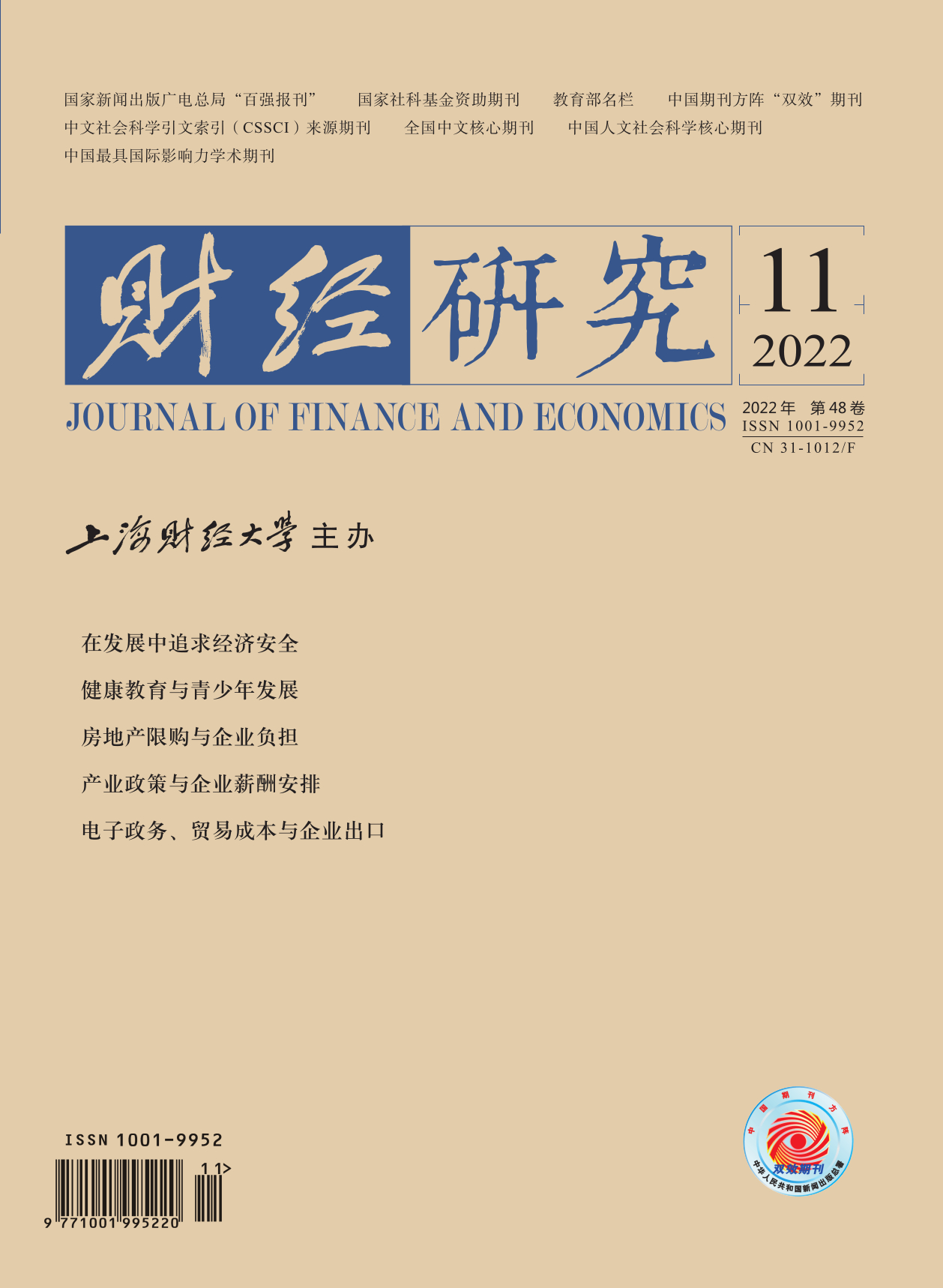Fiscal pressure will affect the financing strategy choice of local governments and vary by the institutional environment. Numerous studies have explored the impact of fiscal pressure in terms of economic development, tax collection, government efficiency, and expenditure structure. A more immediate question regarding the rise in fiscal pressure is how local governments respond to fiscal pressure. In particular, existing studies have not focused as a whole on whether the overall financing strategies of local governments change under fiscal pressure.
This paper empirically assesses the impact of the “five-to-five” sharing reform of VAT on local governments’ fiscal pressure and financing structure, using the reform as an exogenous shock to identify changes in local governments’ financial resources. It is important to note that we construct a fiscal revenue diversification index to measure the financing structure of local governments. Empirical results find that the “five-to-five” sharing reform of VAT does have different effects on local fiscal pressure, with regions facing greater fiscal pressure expanding their financing sources through multiple channels and relying more on land concessions, hidden debts, and special revenues. And the effects are more evident in regions with high marketization. Heterogeneity analysis reveals that regions with lower fiscal transparency and weaker tertiary sector are more inclined to issue implicit debt in the face of fiscal pressure. In addition, regions facing greater fiscal pressure due to expenditure rigidity do not show significant changes in their expenditure scale and structure, except for a significant reduction in public spending.
Compared with previous studies, the contributions of this paper are that: First, it focuses on the impact of fiscal pressure on the financing structure of local governments, explores the changes in the overall financing structure of local governments when they face fiscal pressure through empirical analysis, and systematically reveals the relationship between fiscal pressure, institutional environment, and local government financing diversification. Second, it constructs an index of fiscal revenue diversification from five aspects: tax, fee, debt, profit and rent, to measure the fiscal revenue diversification of local governments, and explores the differences in financing strategies of local governments in response to fiscal pressure under different institutional conditions, using the “five-to-five” sharing reform of VAT in 2016 as a quasi-natural experiment. Third, it further reveals the changing patterns of local governments’ financing strategy behaviors under fiscal pressure shocks, enriches the research on fiscal pressure and financing structure, and has certain implications for how local governments can optimize their financing strategies when facing fiscal pressure.
In terms of policy implications, local governments should take relevant measures to cope with fiscal pressure caused by the relative decrease in tax revenue, which is more reflected in the financing aspect than the expenditure aspect. It is still necessary to manage fiscal risks caused by the expansion of local governments’ hidden debts, regulate local governments’ debt-raising behavior, strengthen the whole-life supervision of debts, and improve the performance of debt use.





 5692
5692  6613
6613

